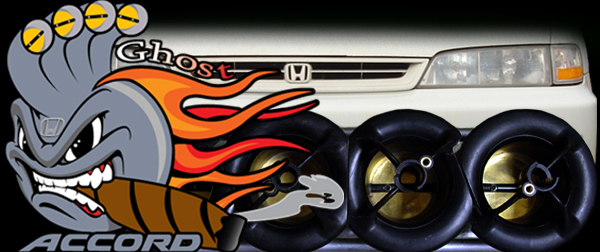You're going to want to pull the engine to install everything anyway. Taking it to a machine shop for a quick refresh won't be much more difficult, or much more expensive. As long as you bring the shop a bare block, I don't imagine they'd charge a ton for it. Honestly, the best thing to do is tear the engine own, bring the bare block to the machine shop, and have them do their thing before you order pistons. Be absolutely certain that you can order pistons that will fit. You don't want to buy 85mm pistons and then find that the machine shop needs to do a .5mm overbore to make the cylinders perfectly round. Because then you'll be stuck with pistons that are too small... and you'll be selling them on eBay for 75% of what you paid for them.
This is one reason I always suggest picking up a spare engine for a turbo build. Do it slowly and carefully, without any worry of downtime. An F22A is fairly cheap. Hell, I sold my old F22A1 with 166k on it, transmission and all, for $50 back in 2003! Granted, I got taken... but still, deals exist. Find one with a snapped timing belt, and you'll get it super cheap.
This is one reason I always suggest picking up a spare engine for a turbo build. Do it slowly and carefully, without any worry of downtime. An F22A is fairly cheap. Hell, I sold my old F22A1 with 166k on it, transmission and all, for $50 back in 2003! Granted, I got taken... but still, deals exist. Find one with a snapped timing belt, and you'll get it super cheap.

 I definitely understand what you're saying about the walls possibly being out of round, but I think I'll be willing to take that risk, as a lot of people do it successfully without any issues.
I definitely understand what you're saying about the walls possibly being out of round, but I think I'll be willing to take that risk, as a lot of people do it successfully without any issues. 





Comment